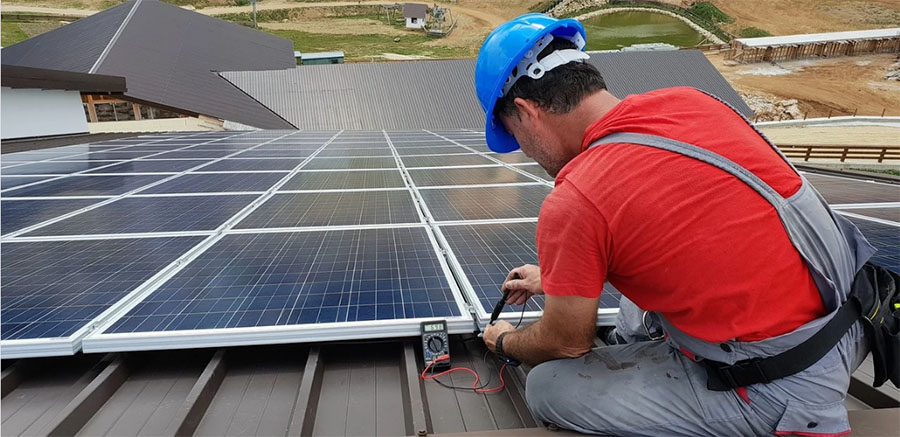Researchers from Universiti Putra Malaysia have defined a series of fire safety measures that solar installers should follow when deploying residential rooftop PV systems.

"Incorrect installation practices have been identified as a common factor contributing to fire hazards in photovoltaics," said the study's corresponding author. "This human error can be due to unintentional behavior or deliberate violations of procedures. First, mainly Due to inexperienced installers or skidding behavior of experienced workers. And the latter, due to time pressure and ignorance of fire safety consequences. Whatever the reason, both can be attributed to lack of fire safety knowledge.”
According to Tohir, the annual fire accident frequency for PV installations is 0.029 fires per MW. “While this number does not seem alarming, with the surge in global demand for PV systems as a green technology, failure rates are expected to increase significantly in the coming years if the problem is ignored rather than contained,” he said. "This is why our work is seen as important for developing safety practices and knowledge sharing on fire safety management during
PV system installation, as a lack of understanding of the associated PV fire risks can have serious long-term consequences."
Academics systematically reviewed fire safety practices described in 40 publicly accessible PV installation guides. These include publications and installation guides from PV manufacturers, as well as best practice manuals. “It is worth mentioning that more than half of the selected installation guides reviewed were from state agencies, regulators and national associations, and most were from the United States,” the research team said.
The proposed fire safety practices are divided into 10 groups, taking into account different factors: general practices to ensure PV systems are designed only by qualified contractors; site surveys, including size, shading management, access, slope, orientation and location; roof structure and materials ; Marking system for all PV equipment including PV input and output, conduits, cables, inverters, enclosures, combiner boxes, boxes and disconnectors; roof waterproofing and waterproofing; cable and grounding systems; array mounting, ventilation and PV panels; combiner boxes and connectors; DC/AC inverters; and protection devices such as DC isolators.
"Before installing a PV system, it is important to conduct an on-site assessment to avoid shading effects and determine the best orientation for maximum PV system output," the scientists said. "In addition, good ventilation and airflow around
PV modules can prevent hot spots from appearing. .” According to them, many fire incidents originate from DC isolators, because of ignorant practices during installation that allow water to seep into the enclosure. "However, there are relatively few publications highlighting the installation of DC isolators, such as dos and don'ts," they also highlighted.


